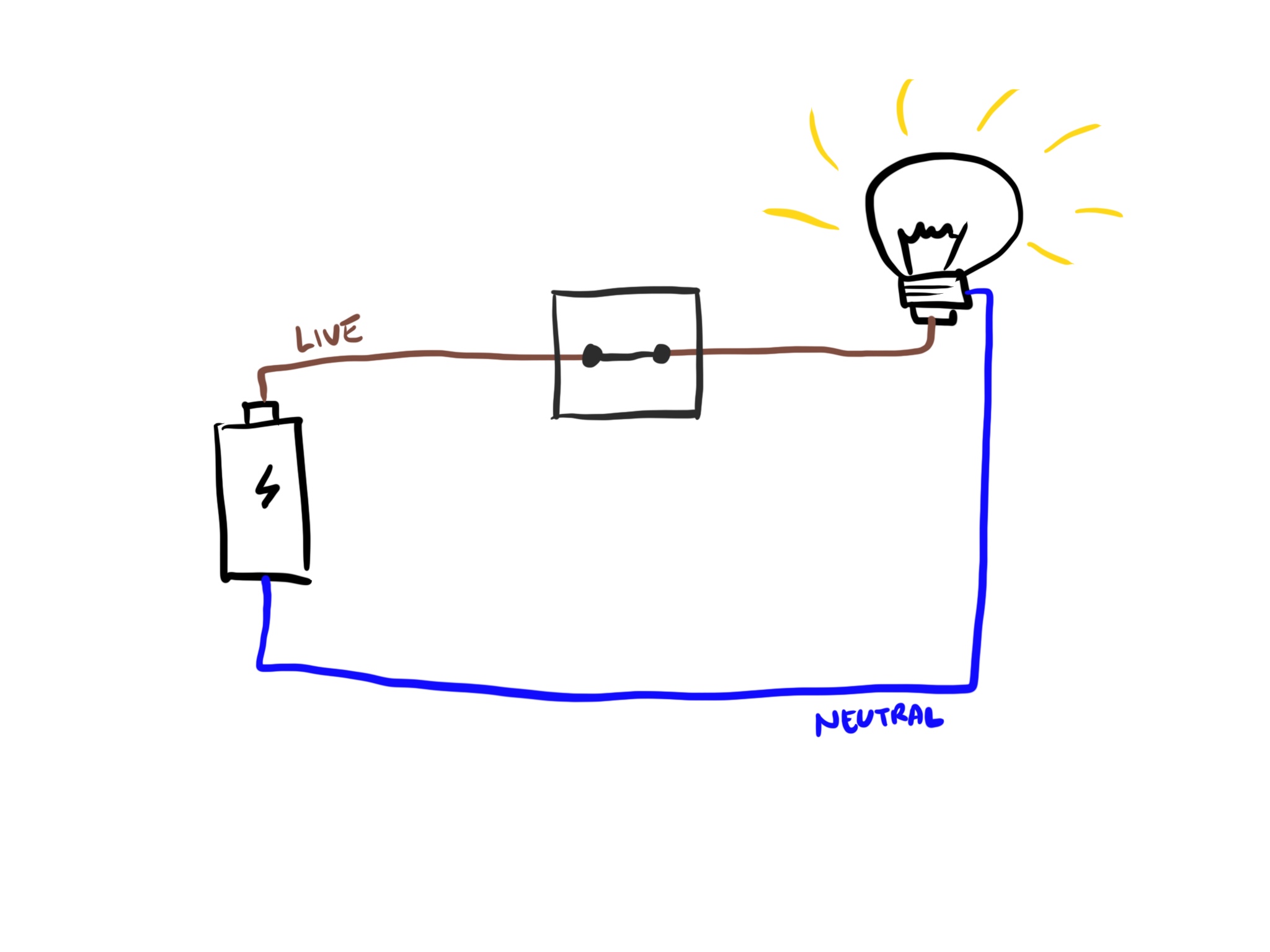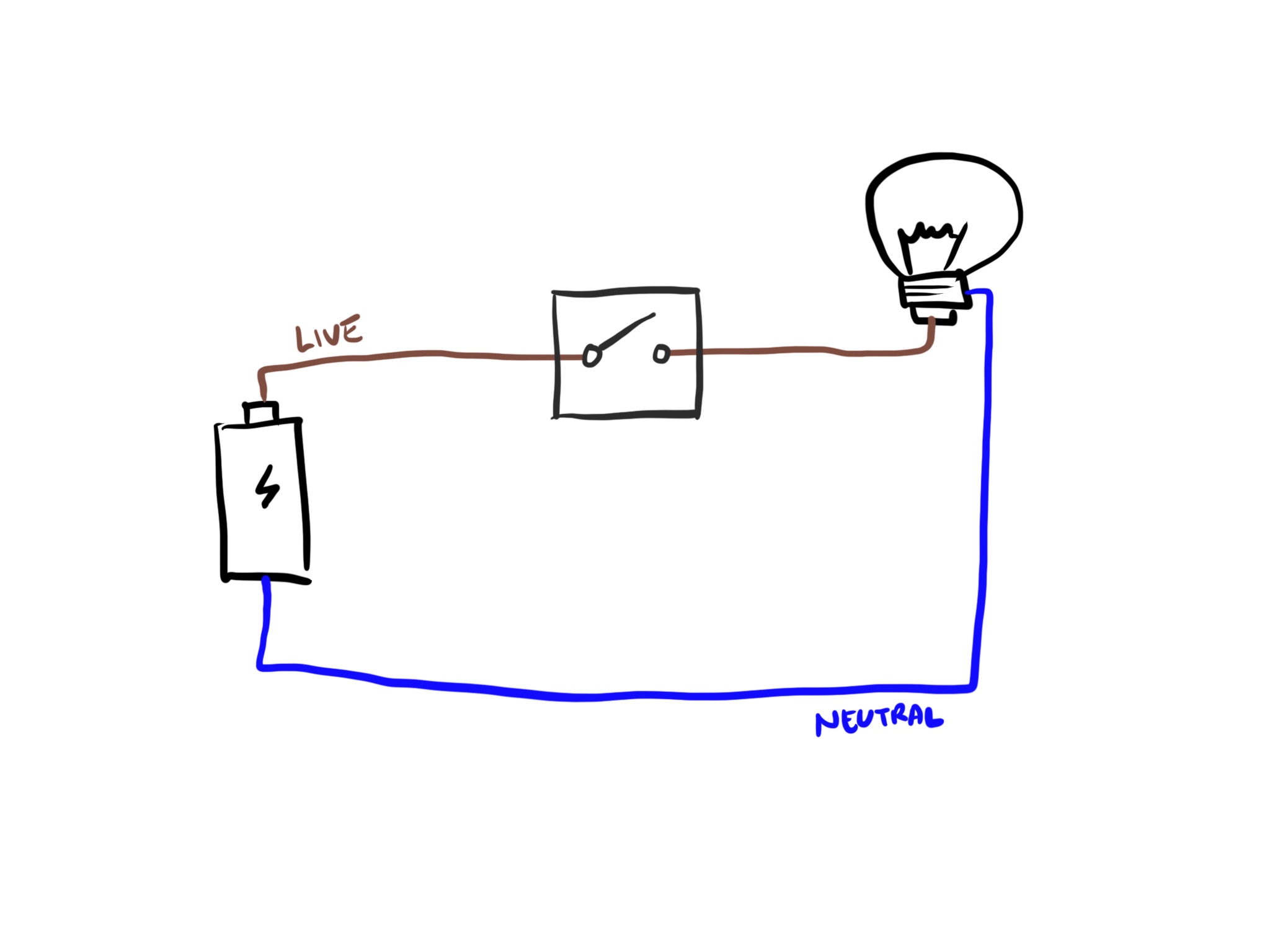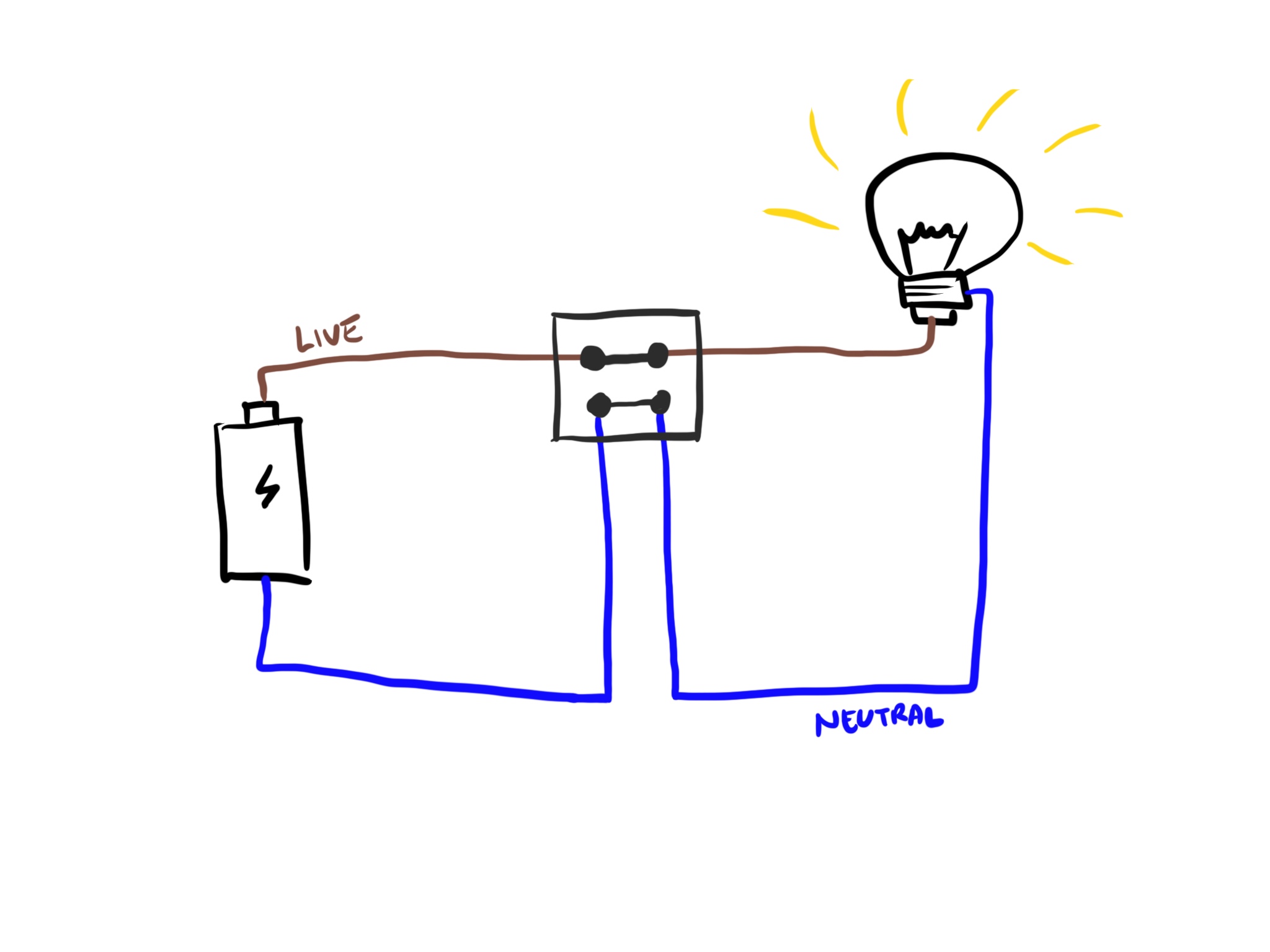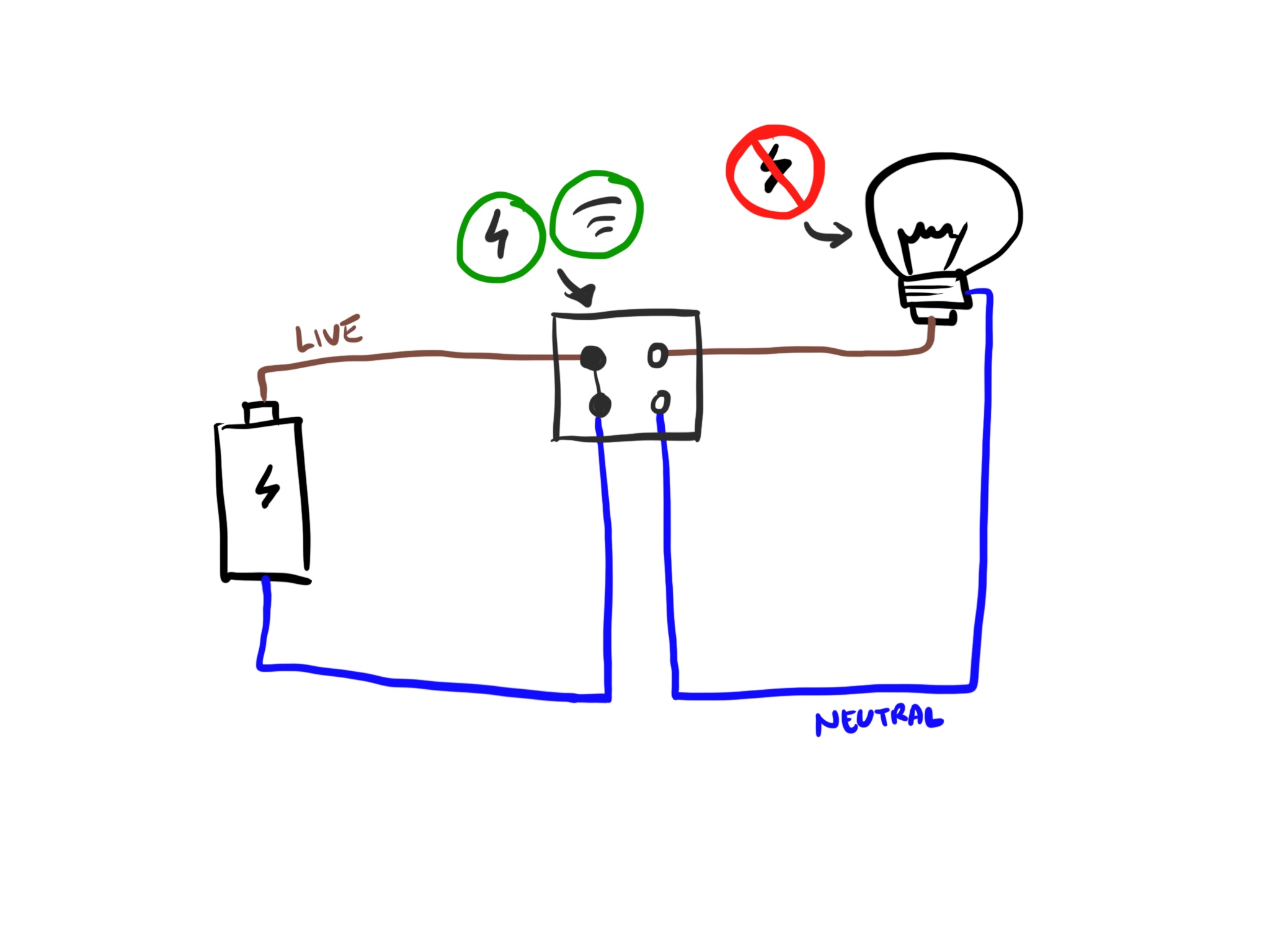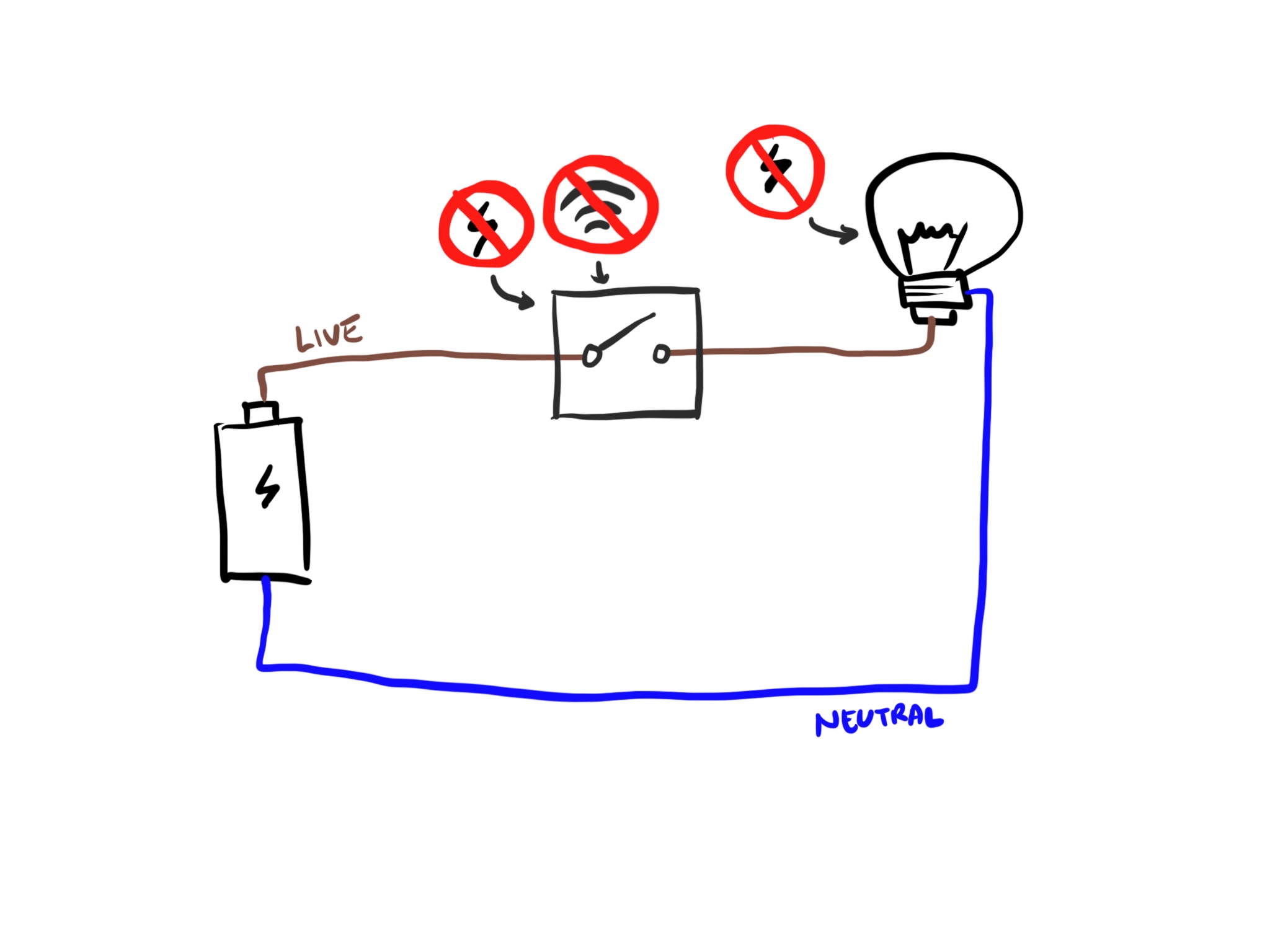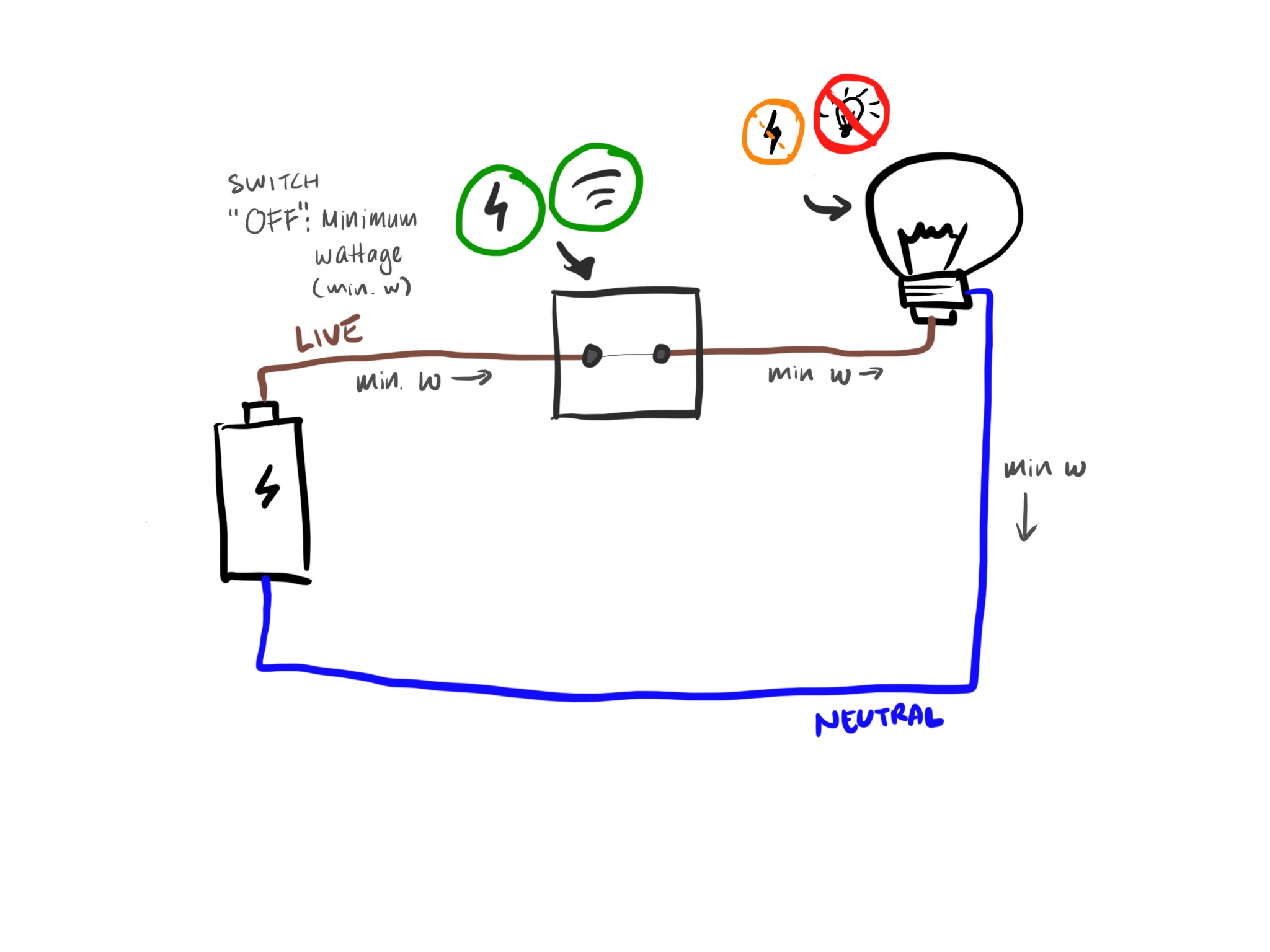All of this brings us back to the real questions.
Do I need a neutral or no-neutral switch?
All homes do NOT come with a neutral wire in their light switch boxes by default. If this is a new home, you’ll need no-neutral switches. Only choose neutral switches if
You are going to pull neutral wires to all your light switch points
You know for a fact that there are neutral wires in your light switch boxes
It is hard to know point 2 for certain if you are not an electrician. Chances are, there isn’t any neutral wires.
Should I add neutral wires to my light switches?
Our Aqara neutral switches offer two functions not present on our Aqara no-neutral switches.
A Aihome neutral switch can monitor energy usage of the light fixtures connected to it
A Aihome neutral switch can act as a wireless Zigbee repeater, effectively extending the range of your Zigbee network through your home


 Smart Laptop & Desktop
Smart Laptop & Desktop Smart Mobile Gadgets
Smart Mobile Gadgets Smart Wireless Earbuds
Smart Wireless Earbuds Smart Tablet
Smart Tablet Smart Watch & Fitness Band
Smart Watch & Fitness Band Smart Eyewear
Smart Eyewear Smart Streaming Media Player
Smart Streaming Media Player Smart TV
Smart TV Smart Bluetooth Speaker
Smart Bluetooth Speaker Smart Dash Cam
Smart Dash Cam Smart Vehicle Gadgets
Smart Vehicle Gadgets Smart Bathroom
Smart Bathroom Smart Healthy
Smart Healthy Smart Toothbrush
Smart Toothbrush Smart Home Appliances
Smart Home Appliances Smart Humidifier
Smart Humidifier Smart Robot Vacuum
Smart Robot Vacuum Smart Kitchen
Smart Kitchen Smart Action Camera
Smart Action Camera Smart Home CCTV Camera
Smart Home CCTV Camera
